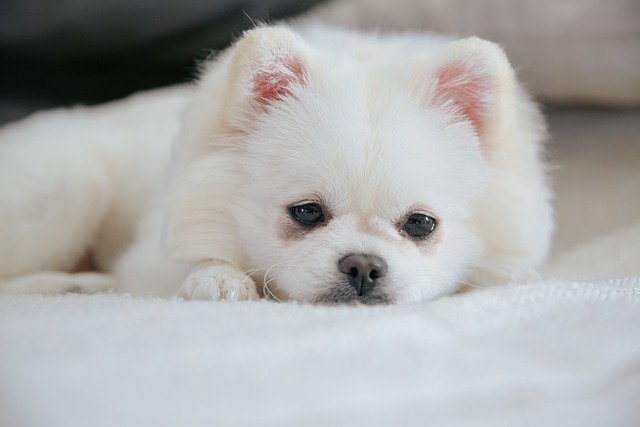
How often should you put paw balm on dogs
You’ve just bought your first tin of paw balm for your Labrador, Bailey, after noticing his pads were looking a bit rough after hikes in the Rocky Mountains.
There’s nothing quite like seeing your Labrador’s tail thump against the floor as you reach for the food bowl. But that enthusiasm can be a double-edged sword—these lovable chowhounds will happily scarf down anything in sight. The truth is, what you serve up can either fuel their endless energy or leave them dragging their paws, so let’s dig into what makes the perfect Labrador diet.
Think of pet food labels as your roadmap. That “complete and balanced” stamp isn’t just fancy wording—it’s a safeguard ensuring your dog gets all the nutrients they need. Aim for options where protein sources like deboned chicken or wild-caught salmon sit at the top of the ingredient list. Remember, those non-stop fetch marathons and weekend hikes demand muscle, and quality protein is the building block.
It’s hard to resist those soulful eyes during dinner, but sharing your plate is a no-go. You might not realize it, but common foods like raisins, garlic, and even small amounts of xylitol (found in some gums and candies) can be dangerous. And while it seems harmless, giving them leftover chicken bones from your Sunday roast can lead to sharp splinters that spell trouble for their insides.
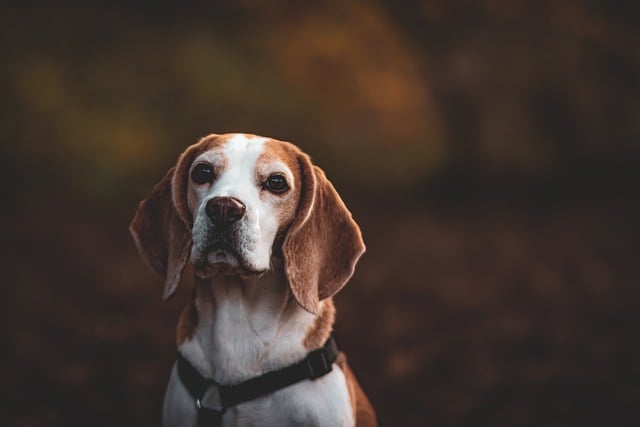 Adult Labradors, especially those with a bit of mileage on their joints, benefit from food formulated with joint-friendly ingredients. Glucosamine and chondroitin work like tiny construction crews, helping maintain healthy cartilage. For growing pups, go for large-breed formulas that carefully calibrate calcium and phosphorus levels—too much or too little can throw off their bone development.
Adult Labradors, especially those with a bit of mileage on their joints, benefit from food formulated with joint-friendly ingredients. Glucosamine and chondroitin work like tiny construction crews, helping maintain healthy cartilage. For growing pups, go for large-breed formulas that carefully calibrate calcium and phosphorus levels—too much or too little can throw off their bone development.
When it comes to mealtime, consistency is key. Unlike some finicky eaters, Labradors have zero off-switches around food. Setting a routine with two measured meals a day helps keep their weight in check and their digestive system running smoothly. And never underestimate the power of fresh water—after chasing balls under the hot sun, they’ll thank you for that cool, clean bowl.
Raw food diets have their fans, but local regulations often have the final say. Concerns about bacteria like Salmonella and E. coli mean some areas restrict or heavily regulate raw feeding. If you’re considering it, source from certified suppliers and follow strict handling protocols. And if your furry friend shows signs of itching, digestive issues, or other oddities, consult your vet before making big diet changes.
Changing your Labrador’s food? Take it slow. Mixing the old and new over 7 - 10 days eases their stomach into the transition. And treats? They’re great for training, but choose wisely. Look for low-calorie options made with simple ingredients, and always factor them into your dog’s daily calorie count. After all, rewarding good behavior doesn’t have to mean packing on the pounds.
Every Labrador has their own quirks. Notice your dog’s coat looking dull? Or maybe they’re less eager to run than usual? These could be signs it’s time to revisit their diet. Feeding your Labrador well isn’t just about filling a bowl—it’s about creating countless more days of wagging tails, slobbery kisses, and joyful romps in the park.

You’ve just bought your first tin of paw balm for your Labrador, Bailey, after noticing his pads were looking a bit rough after hikes in the Rocky Mountains.
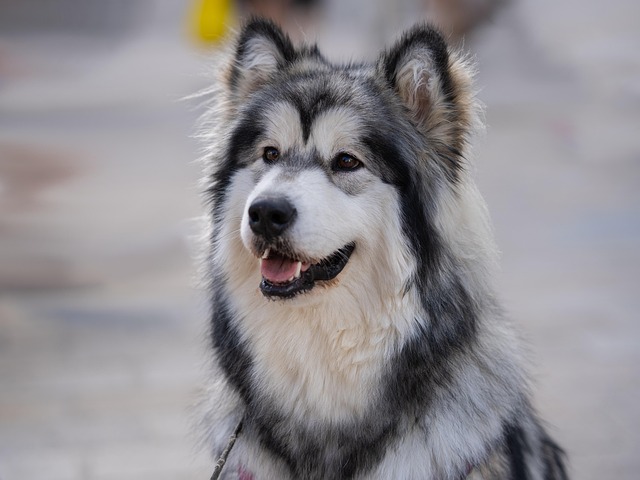
After a dog has a tooth pulled, their mouth needs time to start healing—and that includes knowing when it’s safe to let them eat again.
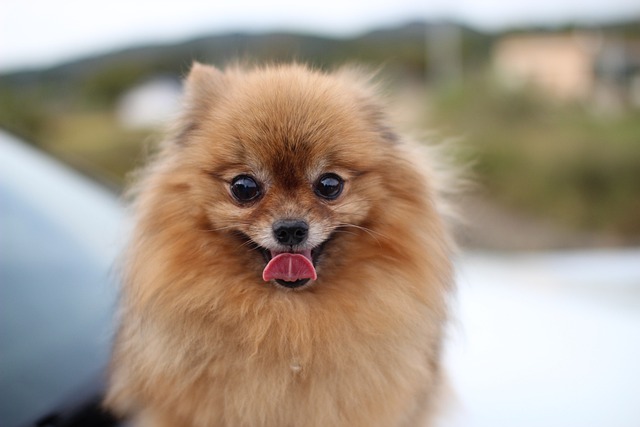
There’s nothing quite like the feeling of your dog bounding towards you, tail wagging furiously, after a long day. But as a new dog owner, you might sometimes wonder
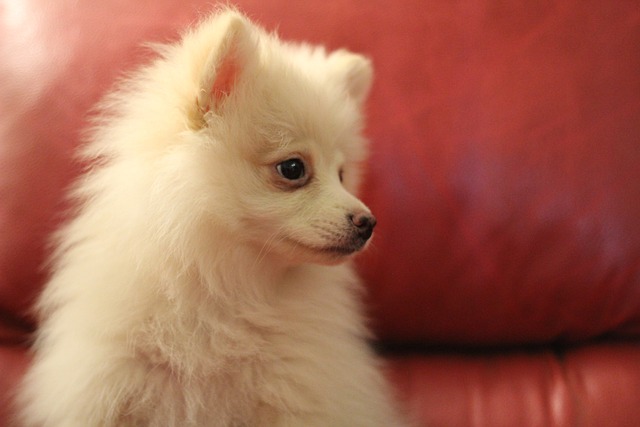
Imagine you’re in your Austin, Texas backyard on a 95°F summer afternoon—your 2-year-old Golden Retriever, Duke, paces around his wooden dog house

Dental surgery leaves dogs feeling groggy, their bodies still processing anesthesia and their mouths tender from the procedure.
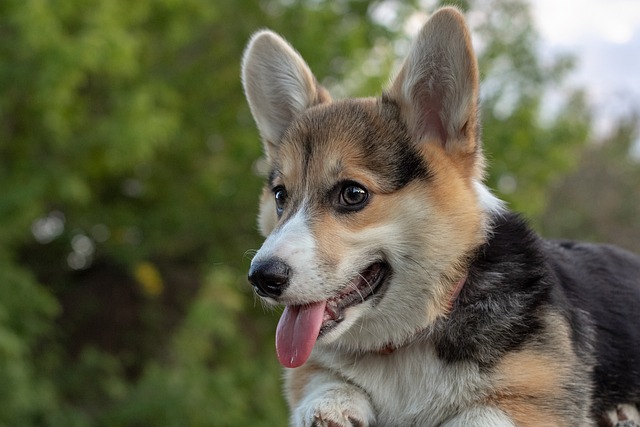
Imagine you’re in your New York City apartment, watching your 8-month-old French Bulldog, Louie, scratch his belly until his skin turns pink—he’s been doing this for a week